The NDSU Foundation Magazine invites you on a field trip with NDSU President Dean L. Bresciani and alumna Kristi Hanson. Read on...
Read More

In mid-June, I crossed University Drive from the Harry D. McGovern Alumni Center and walked, for the first time, to the Babbling Brook on the North Dakota State University campus. I planned my visit in the morning to avoid the heat, but the sun was unshrouded by clouds and light baked into the yellow bricks on campus even at that early hour. Yet in one quiet corner of campus, trees brimmed with leaves that cast shade over the tall grasses. Plants grew in an array of textures and heights, delicate yellow flowers unfurled feathered petals. Bright roses, red-pink, tilted their prickly spines toward the sun. The Babbling Brook ran through this vibrant landscape, the steady thrum of rushing water muffling the noise of cars and construction happening nearby.
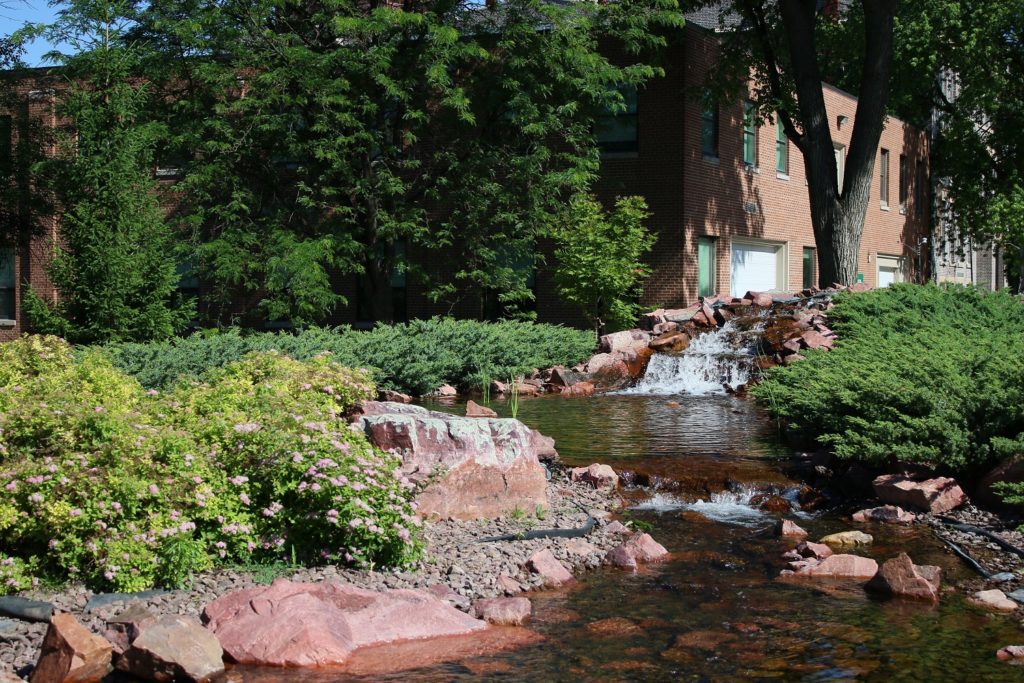

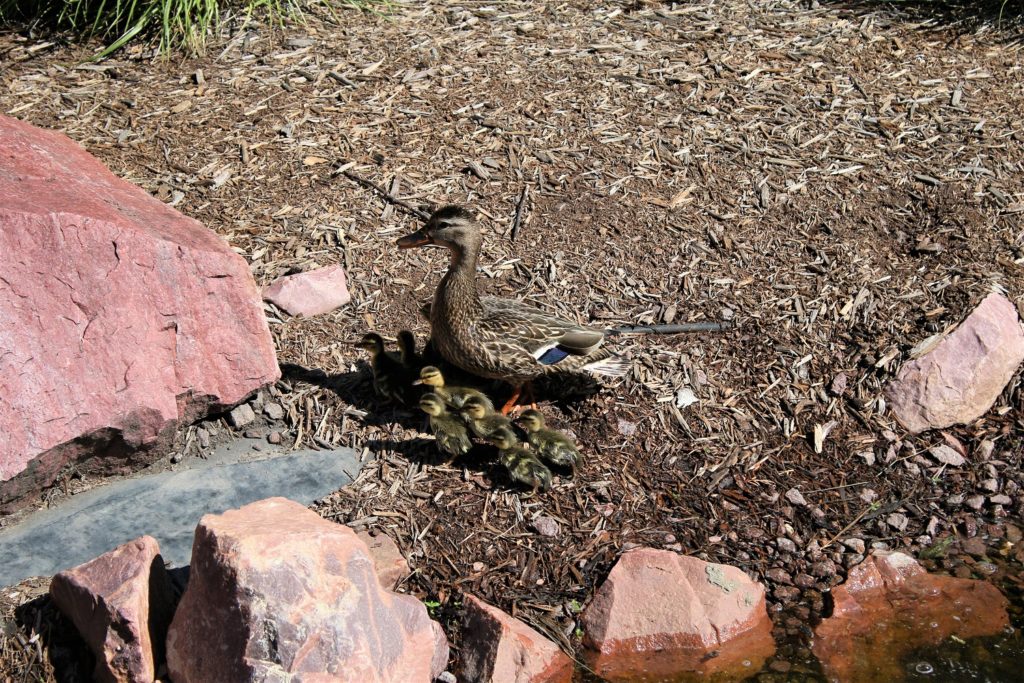
People are innately drawn to water, are moved and soothed by it. At the Babbling Brook, it’s evident that water attracts all life. That morning, a female mallard duck — identifiable by the splash of purple feathers on her otherwise brown body — ushered a raft of ducklings toward dry land. One struggled to keep up and was nearly left behind in the grass beneath the alder trees as the little family nestled beneath a group of shrubs, but the mother returned for it, guiding it slowly and carefully from the grass to a place of cool shade and safety.

A week later, I visited the Babbling Brook again, this time for an interview with Kathleen Colliton, whose husband, Dennis, taught landscape architecture at NDSU and designed the brook and amphitheater just before his passing, never seeing it come to fruition. As I approached the brook, I noticed a student standing on the bridge, his elbows resting on the railing as he looked into the water so intently I was sure he saw something — perhaps the ducklings again, or maybe one of the goldfish kept in the pond to prevent an overgrowth of algae.
Campus is quiet in summer, and I figured I wouldn’t see anyone else lingering along the brook this time of year, but mid-conversation with Kathleen, another student crossed the bridge and stopped to look into the water at the place where the ripples sprawl beneath the bridge, where the cascading water pools to a near-hypnotic stillness. Like the man before her, she did not hurry past, but stood watching the water unfold.
How often does the space we enter cause us to pause, to observe, to simply stand still? If I was at all concerned that my fascination for the brook was particular to my personal brand of meditative nature-loving, I was quickly reassured. New generations of NDSU students, faculty, and staff are still charmed by its beauty and placidity nearly sixteen years after it was constructed.
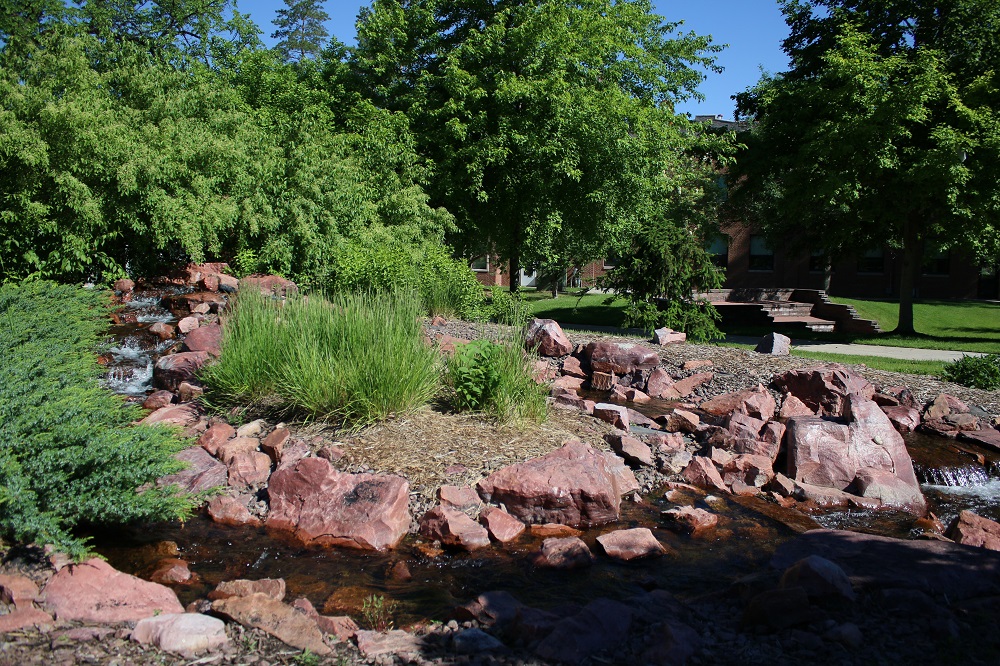
Dennis C. Colliton FASLA (Fellow of the American Society of Landscape Architecture), earned his bachelor’s in architecture from North Dakota State University in 1974 and his master’s in landscape architecture from Cornell University in 1976. The summer after he graduated from Cornell, Dennis met Cecil Elliott, chair of the architecture program at NDSU, by happenstance at The Old Broadway Restaurant and Bar in downtown Fargo. At the time, Dennis was looking for a job and wanted to stay in North Dakota, and he and Cecil hit it off — so much so that Cecil invited him to stop by his office on the following Monday and said he’d have a job. In the fall of 1976, Dennis joined the NDSU architecture faculty, and in 1983 he and Cecil founded the School of Landscape Architecture at NDSU, now a fully-accredited program.

Dennis also met his wife, Kathleen, in 1976 — she was a student in the architecture program at the time, but not one of Dennis’ students — and they connected over a mutual love of nature and travel, among other things. They married in 1981 and had a son, Brett, in 1987. Throughout their marriage, Kathleen appreciated Dennis’ intelligence as well as his passion for and commitment to his work. He was selected to the Council of Fellows of the American Society of Landscape Architects in 2000, published extensively, and provided community service design work throughout the region, including on the Sheyenne River Scenic Byways. His creative work included the landscape garden at the Harry D. McGovern Alumni Center, the former U.S. Bank plaza in downtown Fargo, and more. He also served on the board of the International Peace Garden.
“He was intensely focused,” Kathleen said, “probably the most focused person I’ve ever met. If there was something he wanted to get done, he did it.”
There’s a misconception that Dennis’ students designed the Babbling Brook, but Kathleen knows, without a doubt, it was designed by Dennis. Before he even began designing the brook, Kathleen says he envisioned a place on campus where class could be held outside. So, it was the idea of the amphitheater that first sparked Dennis’ imagination, and it grew from there. In his designs, he elevated the ground and included a water feature to help shield the area from noise. He also incorporated many trees to provide natural habitats as well as shade.
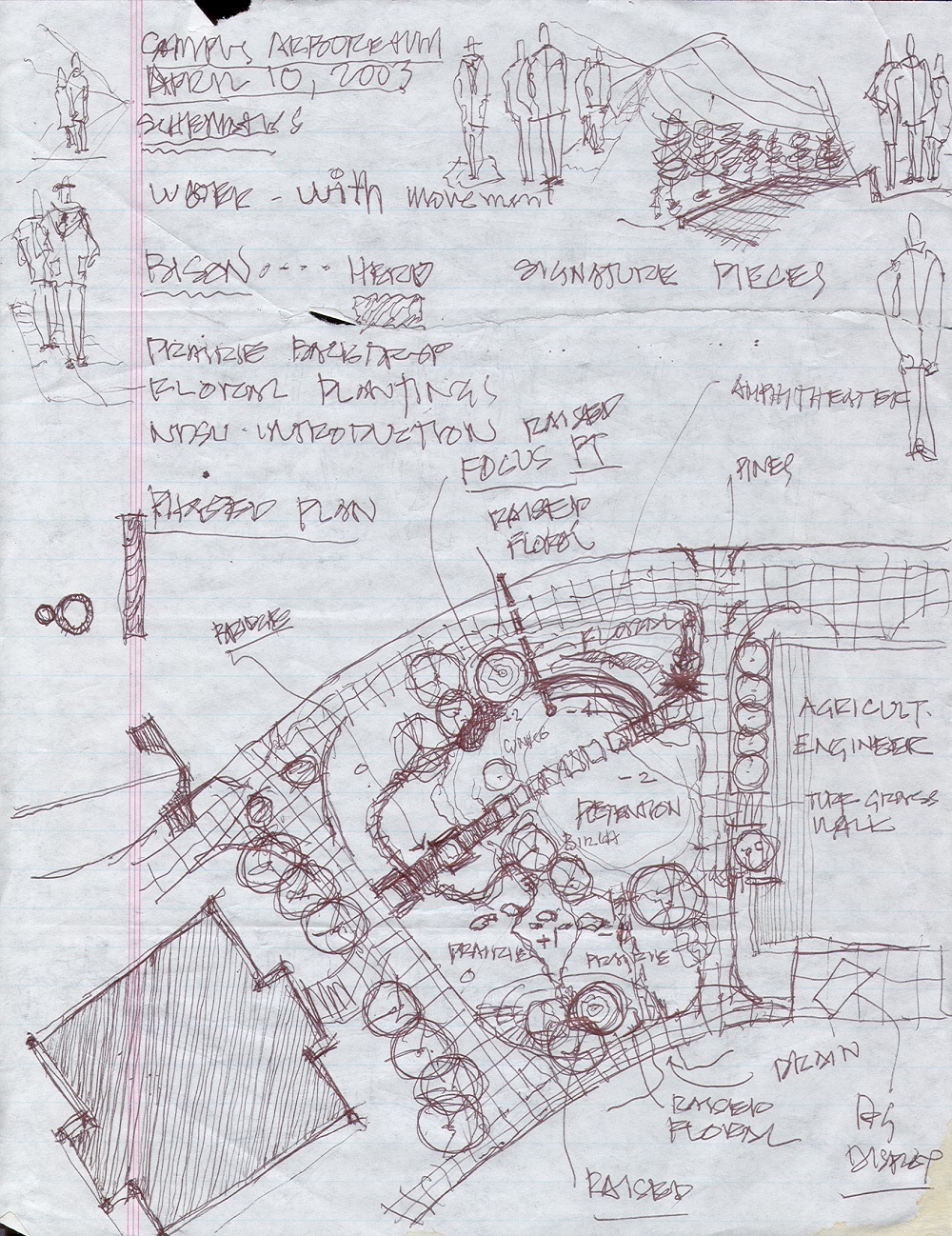
Although he drew up the designs for the amphitheater and brook, Dennis passed away unexpectedly on Aug. 17, 2003, only weeks after he was named a full professor and more than a year before the brook and amphitheater were completed. Still, many people, including Kathleen, still refer to the Babbling Brook as “Colliton Commons.” In 2005, it was dedicated as the Dennis C. Colliton Campus Memorial in his honor.
You can visit Dennis’ memorial stone on the west side of the Babbling Brook bridge.
Orville “Orv” Eidem’s love for music started at a very early age, and his dad scraped $25 together to buy him his very first trombone. From then on, Orv became practically synonymous with his instrument. He joined the NDSU music faculty in 1970 after earning his bachelor’s in music education from the University of North Dakota and serving in the U.S. Army where he played in post bands at Fort Riley and Fort Leavenworth in Kansas during the Korean War. After serving in the army for two years, Orv took his first job teaching K-12 vocal and instrumental music at two schools in Mentor and Erskine, Minnesota. While he taught, Orv took summer classes from Vandercook College of Music in Chicago and graduated with his master’s in music education in 1960.
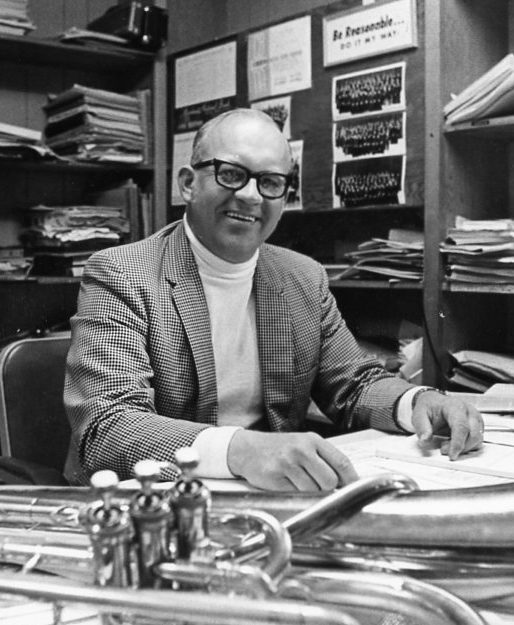
He founded the NDSU jazz program and directed NDSU bands, including the Gold Star Concert Band and Gold Star Marching Band, for twenty-three years. He closed every concert band performance with “America the Beautiful” arranged by Carmen Dragon.
His wife, Gen, said one of the greatest joys of his life was coming to NDSU and teaching students whose dedication to their instrument matched his own. When looking at ensemble photos, he could remember all his students’ names, past and present, as well as the instrument they played and where they were from.
“His biggest passion was his students,” Gen said, “but he also founded the jazz program at NDSU, and that was his pride and joy.”
The writer and philosopher Friedrich Nietzsche wrote, “Without music, life would be mistake,” and Gen said Orv lived by this philosophy. He and Gen raised their daughter and three sons in a house near the NDSU campus, and they filled it with music. Their oldest son played trumpet, the second son played trombone, the third son played percussion, and their daughter played clarinet and flute. Gen had a tenor sax she bought at a garage sale, and along with Orv’s trombone they had a family band called “The Dorks of Dixieland” after the musical group “The Dukes of Dixieland.”
When Orv began teaching at NDSU, instrumental musicians rehearsed in the South Engineering building — students sometimes referred to it as the “music annex.” Gen remembers in the summers, during heavy rainfall, South Engineering often flooded, so Orv would run over to the building to make sure no music or instruments were in danger of water damage. It didn’t matter what was happening at their house, Gen said with a smile.
After Orv passed away in 2010, a memorial was established at the Babbling Brook, right next to the former “music annex.” The rushing water in the brook reminds Gen of the floods in South Engineering. She also loves the amphitheater, and envisions students performing a little concert there someday.
You can visit Orv’s memorial stone on the east side of the Babbling Brook bridge.
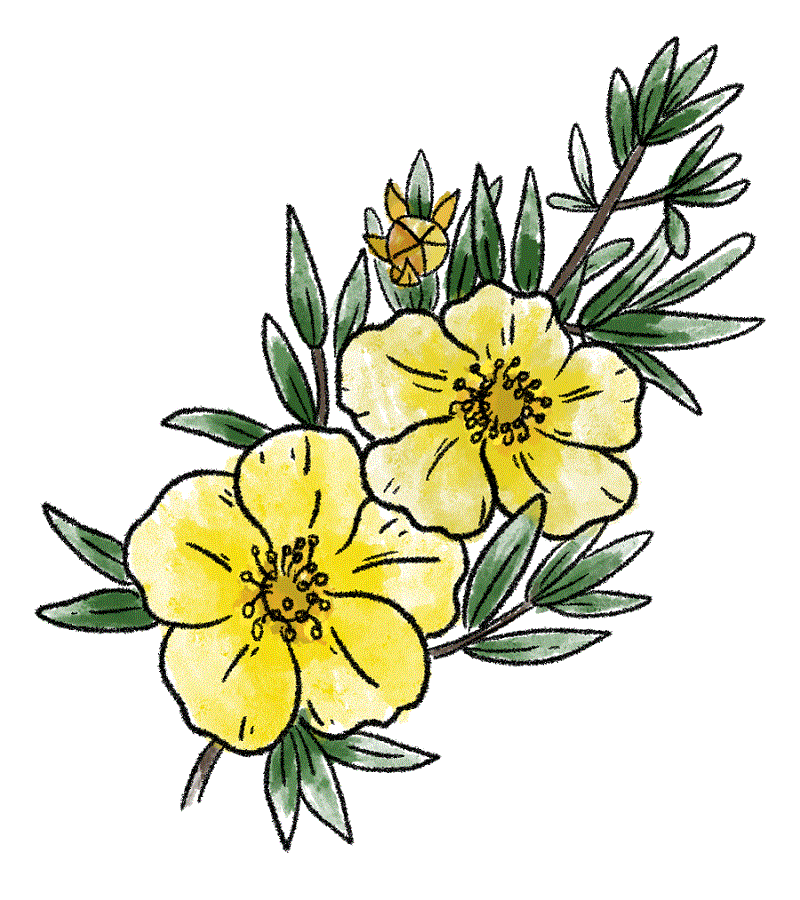

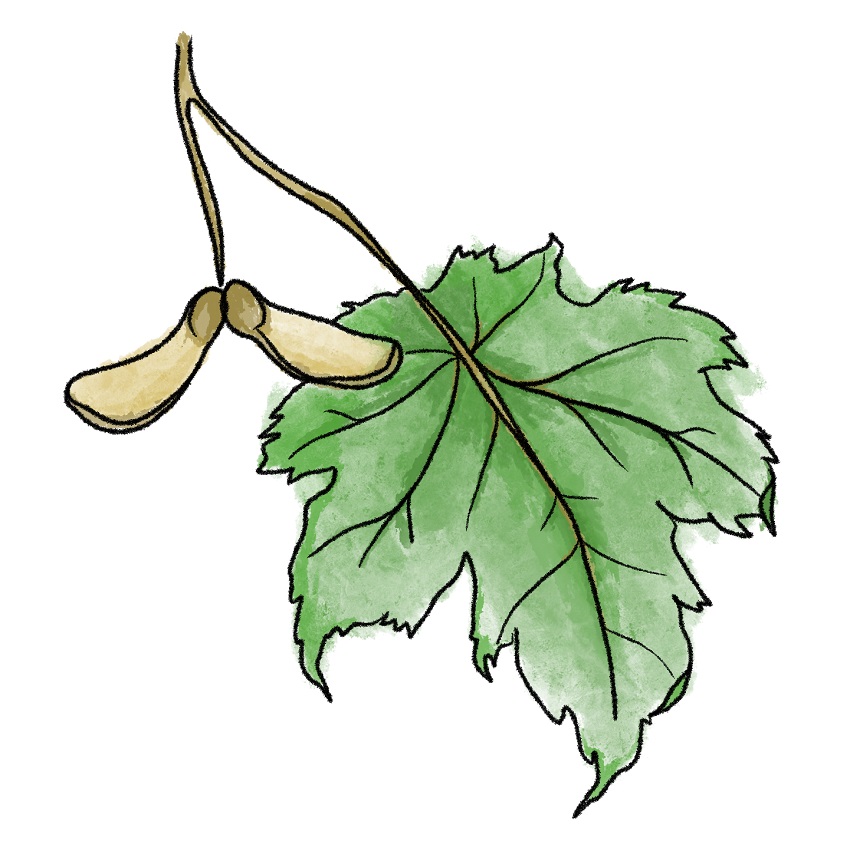
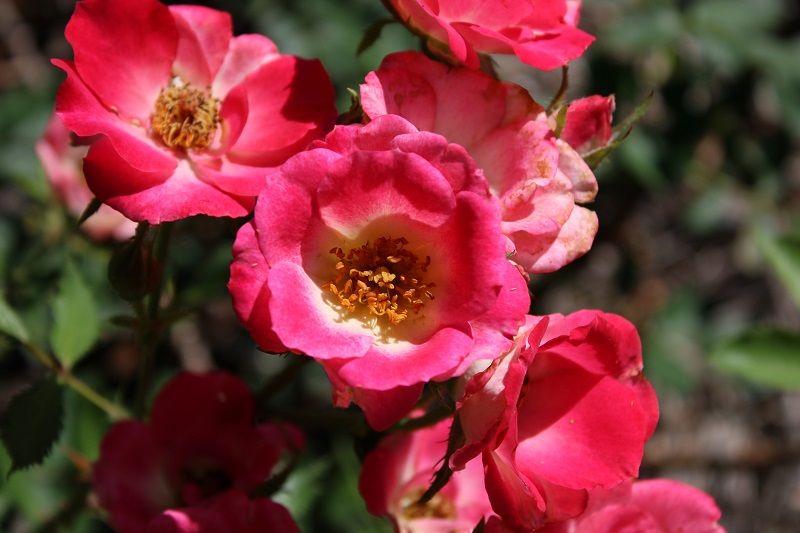
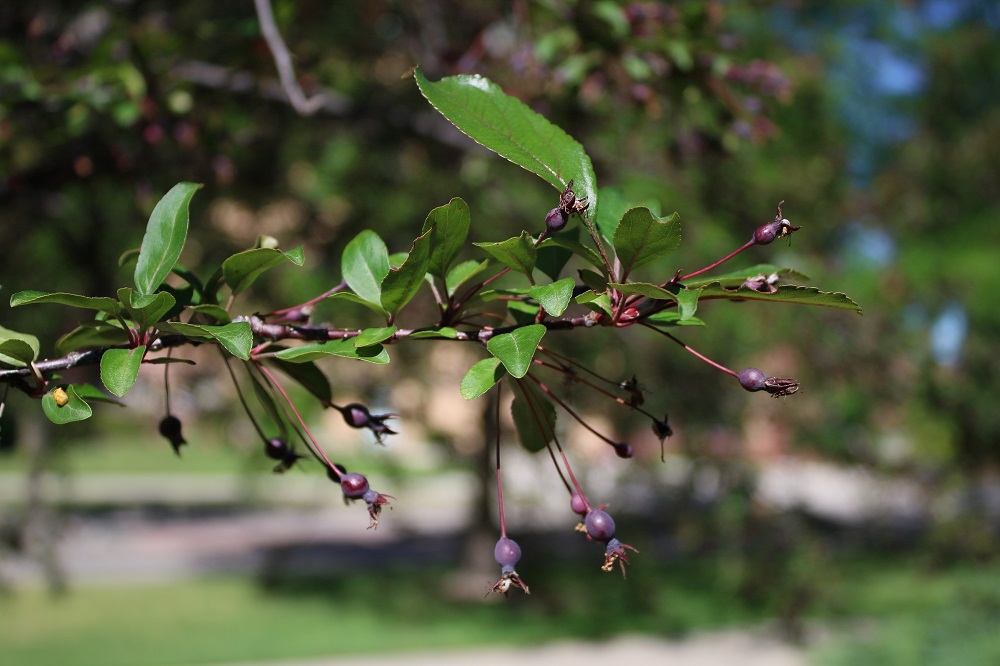
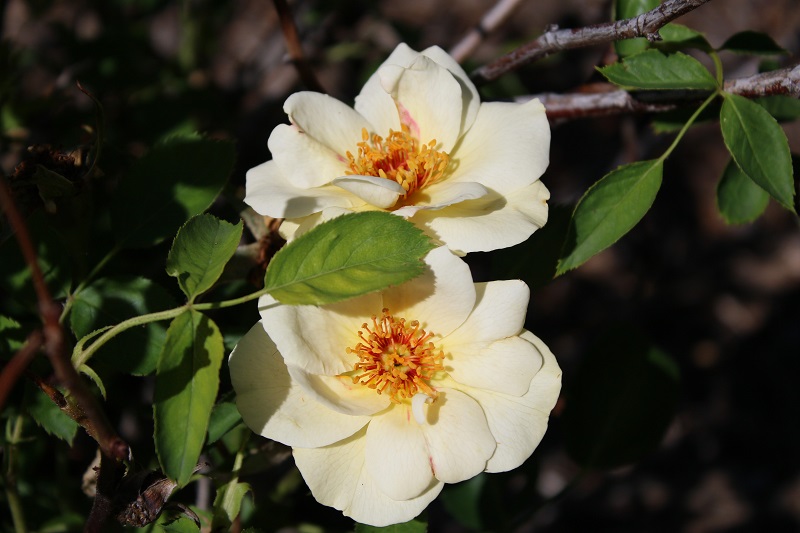
The best time to visit the Babbling Brook is typically between commencement in the spring and homecoming in the fall, before it is drained and winterized. Operation of the Babbling Brook is weather and maintenance dependent.
You can find the Babbling Brook southwest of the Memorial Union and east of Minard, between the South Engineering and Agricultural and Biosystems Engineering buildings. View the NDSU campus map for assistance.
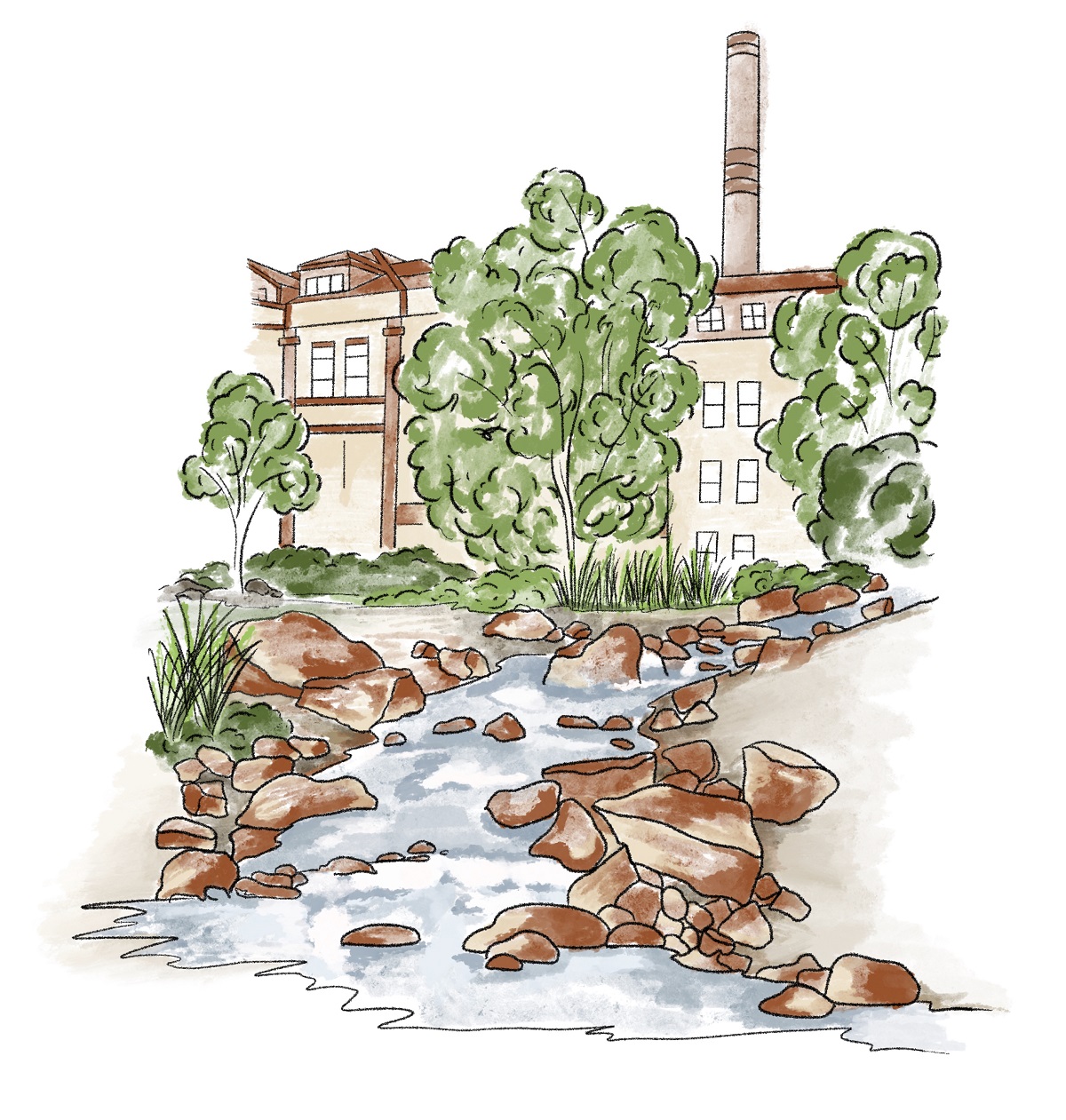
Use this Walking Guide created by NDSU faculty and staff to see how many trees you can identify around the Babbling Brook and across campus. You might even see some small wildlife. Keep in mind season changes may alter the landscape.
You can stop by the Memorial Union just a short distance away to pick up coffee or lunch and enjoy it in the amphitheater beside the brook. It’s also a great place to bring a book and read.
You can honor the memories of Dennis Colliton and Orville Eidem and support current NDSU students by making a gift to the Dennis Colliton Memorial Endowment Fund and the Orv and Gen Eidem Jazz Alive Scholarship Fund.
The Dennis Colliton Memorial Endowment Fund recognizes and awards distinguished students within the landscape architecture program. Contact Viet Nguyen, associate director of development in the College of Arts, Humanities, and Social Sciences, via email to make a gift to the Dennis Colliton Memorial Endowment Fund.
The Orv and Gen Eidem Jazz Alive Scholarship Fund provides ongoing support to student scholarship opportunities in the Department of Music at NDSU. Contact Bill Law, director of development for the department of Performing Arts, via email to make a gift to the Orv and Gen Eidem Jazz Alive Scholarship Fund.

Thank you to Kathleen Colliton, Gen Eidem, Martin Shervey, Charles Toms, Cindy Urness, Joshua Walter, and Peter Zimmerman for their help with this story, and to Carleton College, whose own Field Guides inspired this series.
The NDSU Foundation Magazine invites you on a field trip with NDSU President Dean L. Bresciani and alumna Kristi Hanson. Read on...
Read MoreIn mid-July, I found myself riding south on Highway 18 with the NDSU Foundation creative team near Kindred, North Dakota, scouting out...
Read More